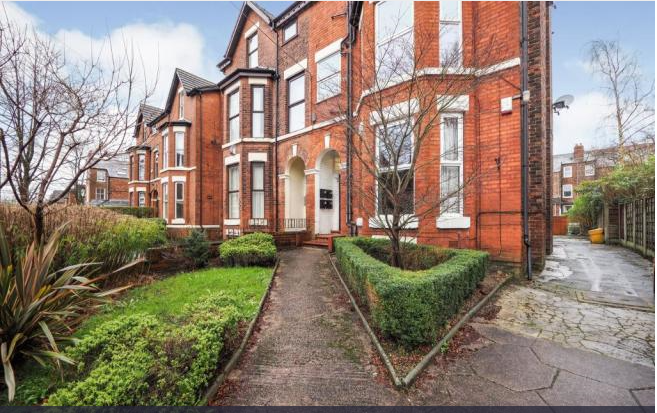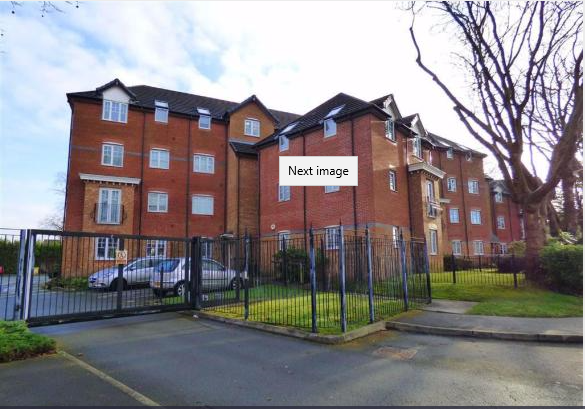Renting a property isn’t as simple as purchasing the property and letting it out, you need to ensure the property is maintained and that you set money aside to cover these expenses. Although lenders will typically require the rental income of your investment property to be at least 125% of your mortgage payment amount, this doesn’t always mean that the property will generate positive cash flow or give sufficient net profit to cover all the expenses of maintaining the rented property over the typical 15 to 20-year ownership.
As well as regular and one-off maintenance expenses, allowances need to be made for times when there may be no rental income. Tenants may stop paying their rent and the property is sometimes empty between tenancies, and you still need to be able to cover the mortgage and other costs during this time.
It is therefore vital that you budget properly to ensure that the investment is worthwhile and not going to cost you money month-on-month, before you commit to buying a property to let.
Remember to budget for additional costs…
Accurately predicting maintenance costs over the long term can be tricky, but it is important to have an annual estimate for the time you plan to own the property. Many landlords budget for regular, ongoing repairs, but do not plan ahead for larger periodical works needed to maintain the standard of the property.
For those with smaller portfolios, it is especially important to keep enough money aside for these big jobs. With a larger portfolio, a reasonably healthy level of monthly profit can help to ensure larger payments are easier to make. If you only have a small profit margin and take this as income, finding £3,000 for a new boiler every 10 years may prove difficult without planning ahead.
What you need to budget for
If the property is a new-build or money has been spent on refurbishing an older property before letting, the first five years of the investment should be fairly light on maintenance costs.
There will be buildings insurance, the annual gas safety check, general maintenance that should be carried out once or twice a year, such as clearing guttering, cleaning between tenancies and the occasional touch-up of paintwork or electrical updates.
In the meantime, the property is unlikely to need any major ‘work’.
After five years, kitchens and bathrooms are likely to need elements repairing or upgrading, such as showers and white goods, and the property will probably need more extensive redecorating throughout. At around the 10-year mark, the property’s

kitchen and bathroom may need to be replaced, carpets may require repairing or replacing and the property may need a new boiler. From 15 years onwards, it is possible that the property’s fabric will need refurbishing, such as the windows, roof and damp course.
Ideally, put together a spreadsheet – or use a familiar budgeting format – that shows all of the costs and when they are likely to be incurred over the lifetime of your investment.
Example:
*Please note these are example and average figures and it may cost you more or less. Additionally, different rental properties will need to abide by the national and local rules and regulations, which can vary from council to council.
Costs to let a property legally
Annual Maintenance
Gas and electrical safety certificates £150
Energy performance certificate £50
Housing Health and Safety Rating System licensing £150
Total £1,350
Update safety certficates £150
Professional cleaning £125
Clear gutters and drains £250
Total £525
Major refurbishments to consider that will cost thousands of pounds:
- Redecorating the property
- Updating kitchens and bathrooms
- New boiler, upgrading heating systems
- New damp proof course or renovation
- New or updated roof
- New or updated guttering and soffits
- New windows
The exact amounts will obviously depend on the size of the property and the cost of goods and services at the time, so you should review the budget periodically. Know the ‘life expectancy’ of the heating and plumbing systems and fixtures, as well as any white goods provided.
Putting money away each month for repairs and updates can help to spread the cost over the lifetime of your property investment and ensure that the money is always available, whatever the property’s cash flow.
Speak to one of our in-house buy-to-let advisers to plan for the future.

